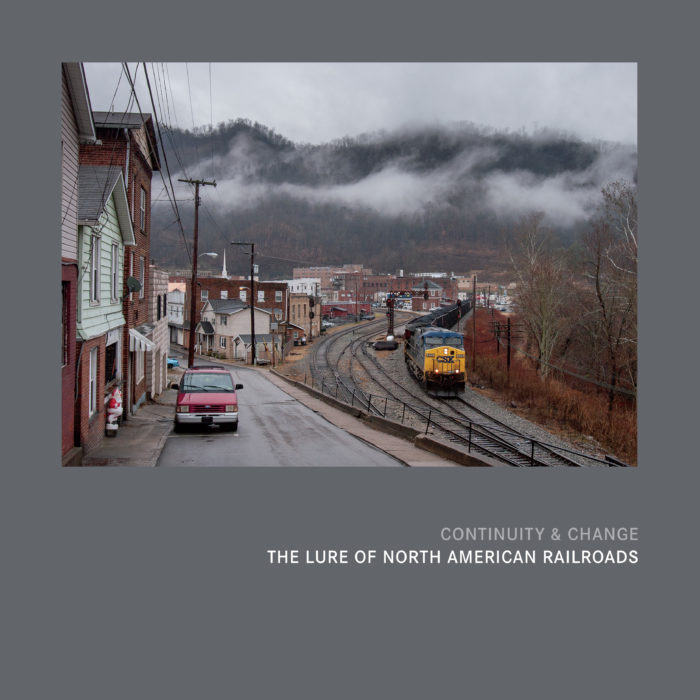In the 1950s and 1960s, no railroad could top the steam program of the Chicago, Burlington & Quincy. The “Q”—as its many admirers affectionately knew it—operated more than 260 steam trips that carried more than 100,000 riders and left impressions on countless more trackside admirers. With well-honed photojournalistic sensibilities, John E. Gruber covered at least twenty-seven of these trips, portraying them as the events they were while capturing the power of their locomotives, the pride of their railroaders, and the wonder they inspired.
This softcover book presents nearly 100 of Gruber’s best black-and-white Burlington steam photographs, drawing from the 3,000 negatives he exposed while riding and chasing them. The lead essay by Norm Carlson draws on his first-hand experience with Burlington steam trips and his wide network of fellow enthusiasts who shared their memories. Additional text by Justin Franz provides background about the two principal locomotives, 4960 and 5632, and the poignant last run from Chicago to Denrock, Illinois, on July 17, 1966. Scott Lothes served as editor, selecting the photographs and writing captions.
- $30 plus $5 for domestic shipping
- Softcover, 8.5×11 inches, 80 pages, 98 photographs and two essays
- International shipping is available; please inquire by email at info [at] railphoto-art.org
See a YouTube preview of the book with Scott Lothes and Norm Carlson.
Cover photo: Chicago, Burlington & Quincy locomotive 5632 draws a crowd of admirers in West Burlington, Iowa, during a trip sponsored by the Illini Railroad Club on September 29, 1963. Photograph by John E. Gruber





